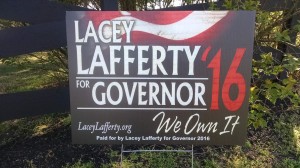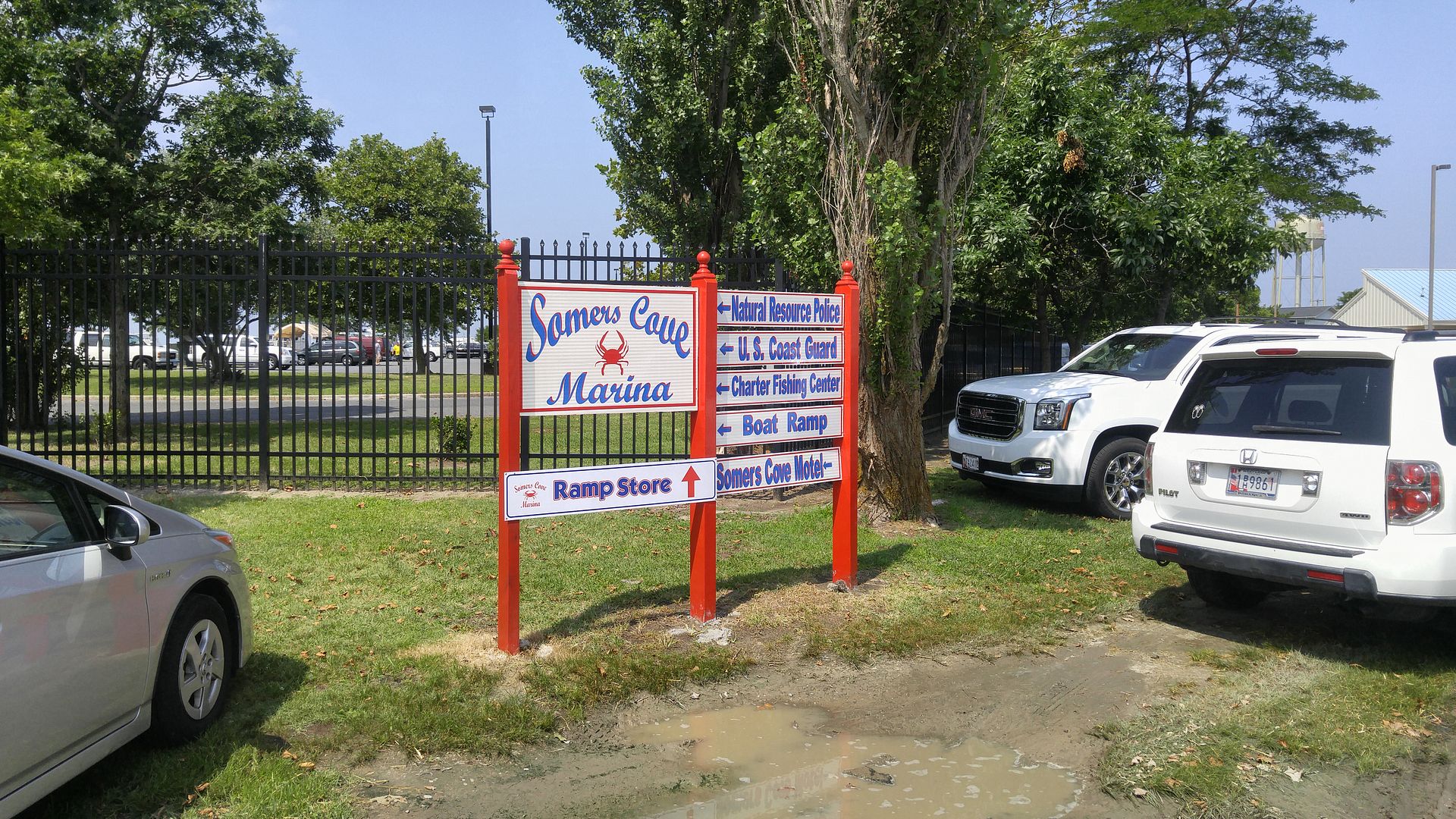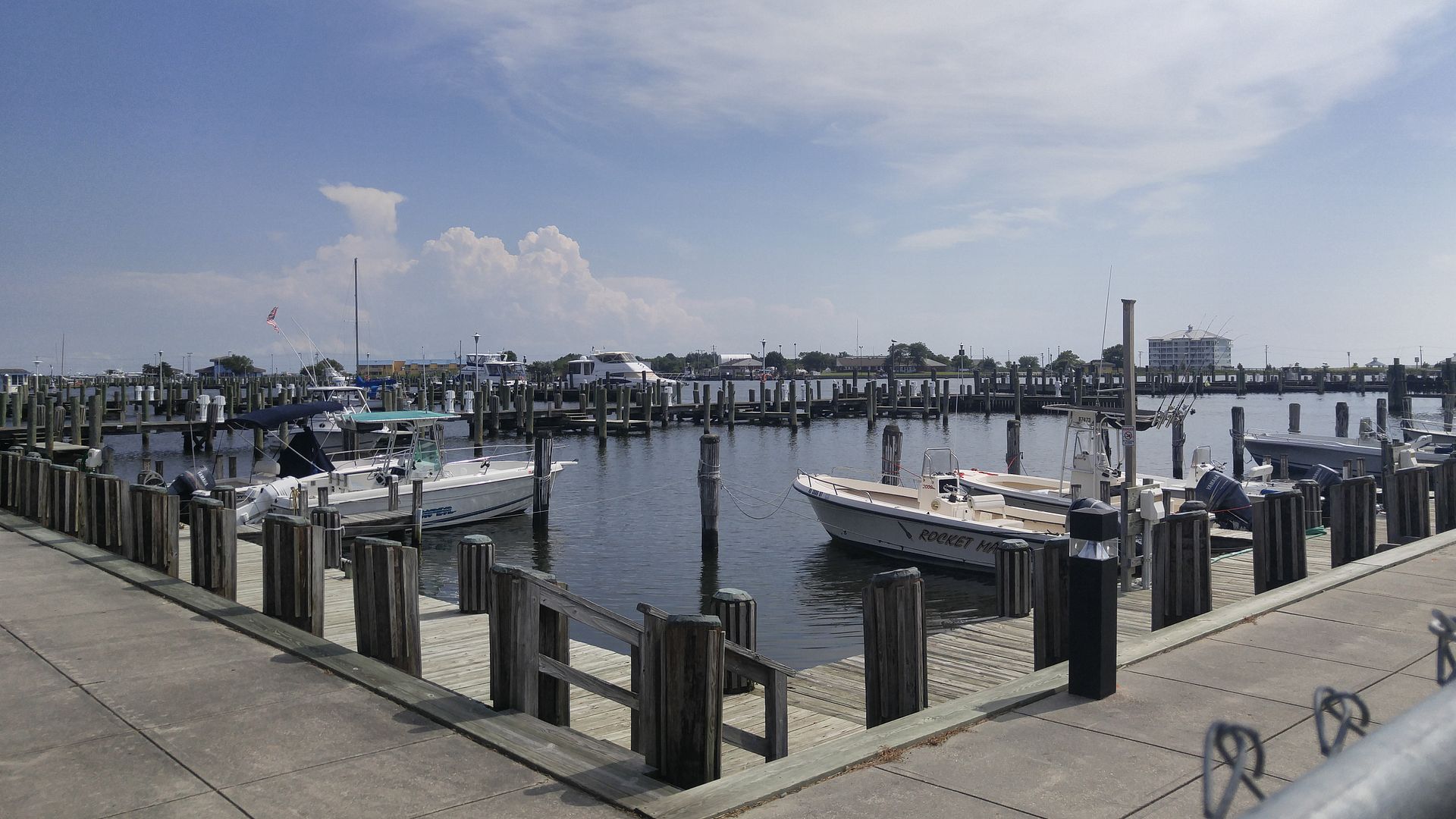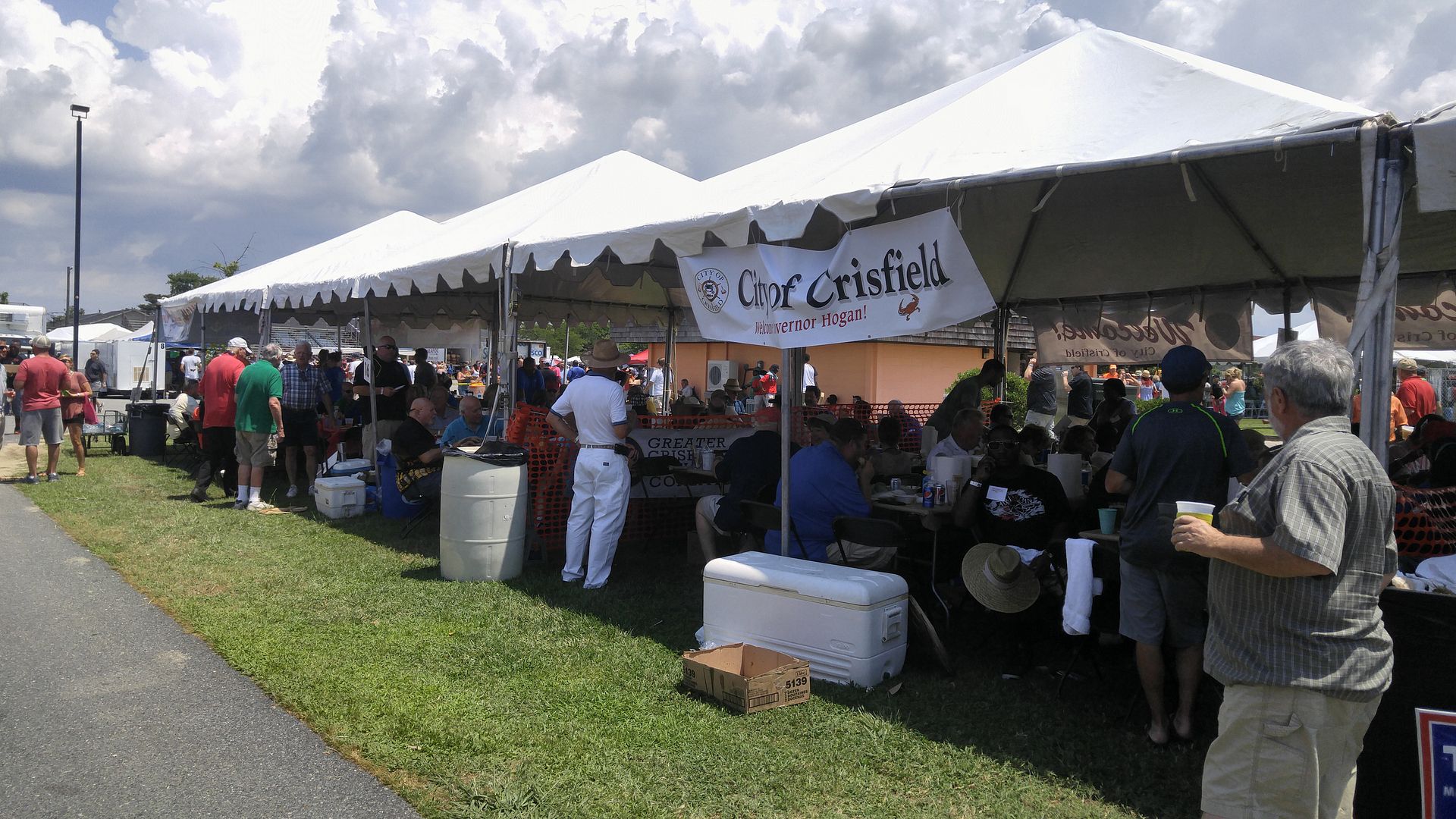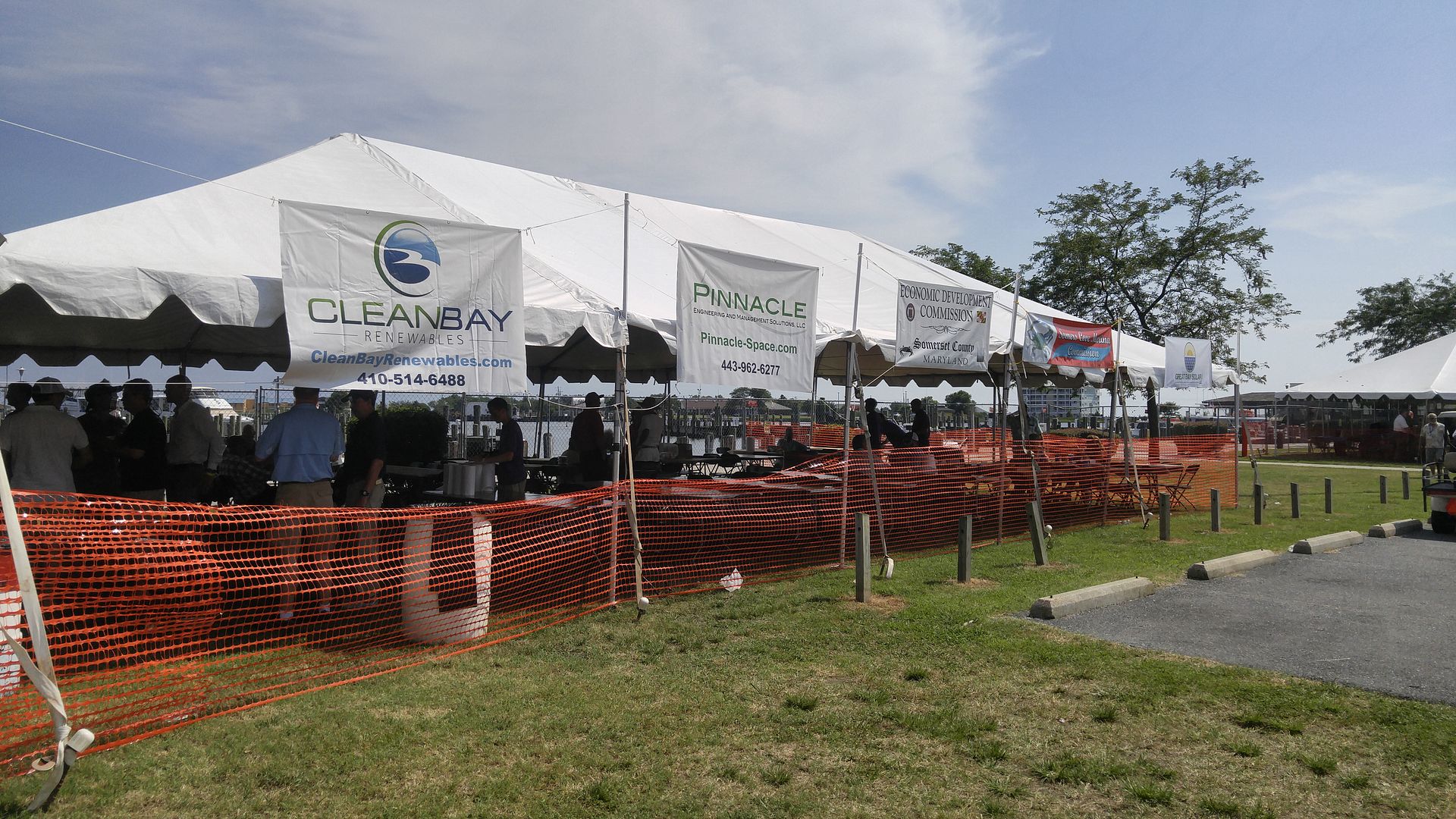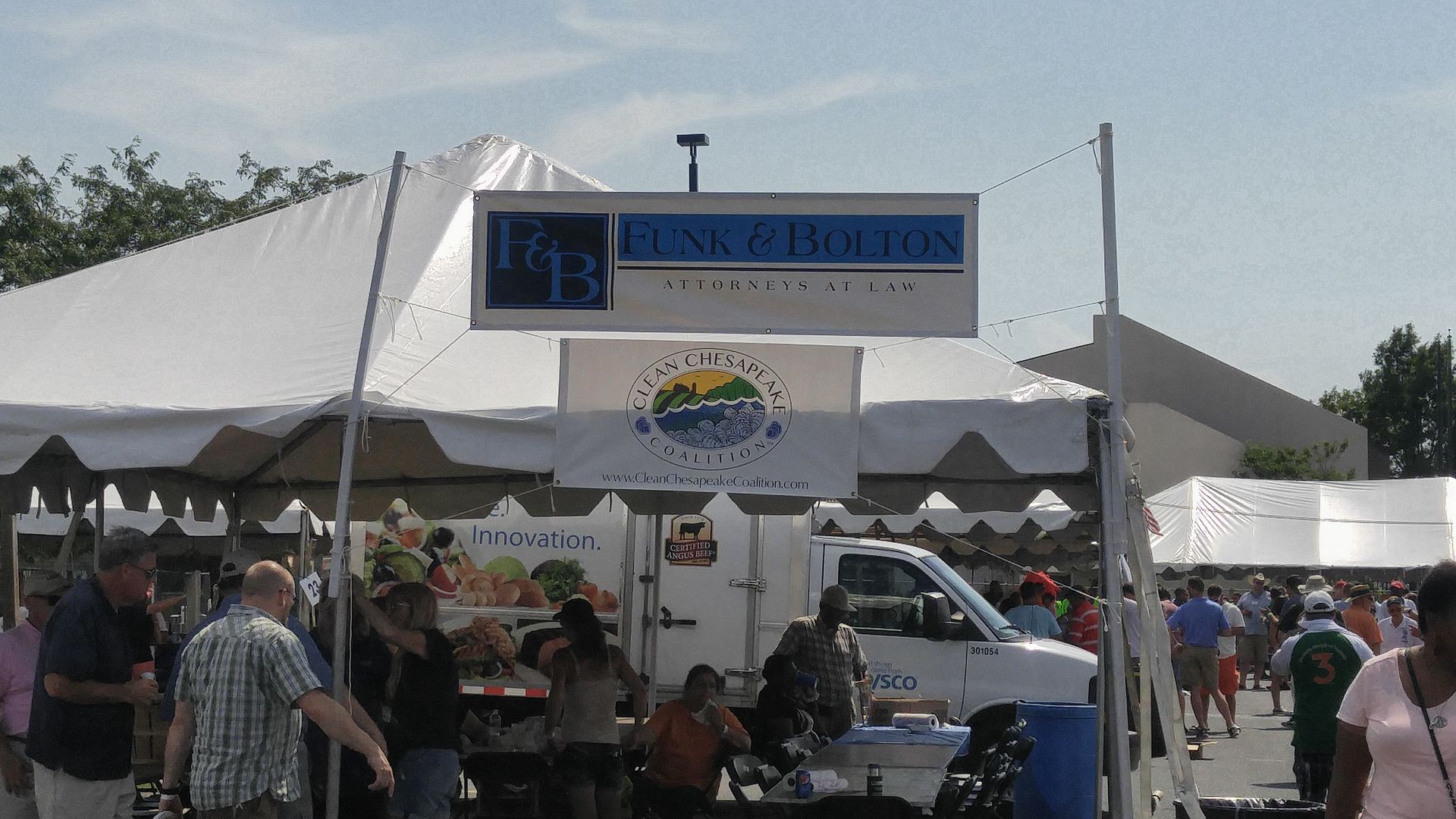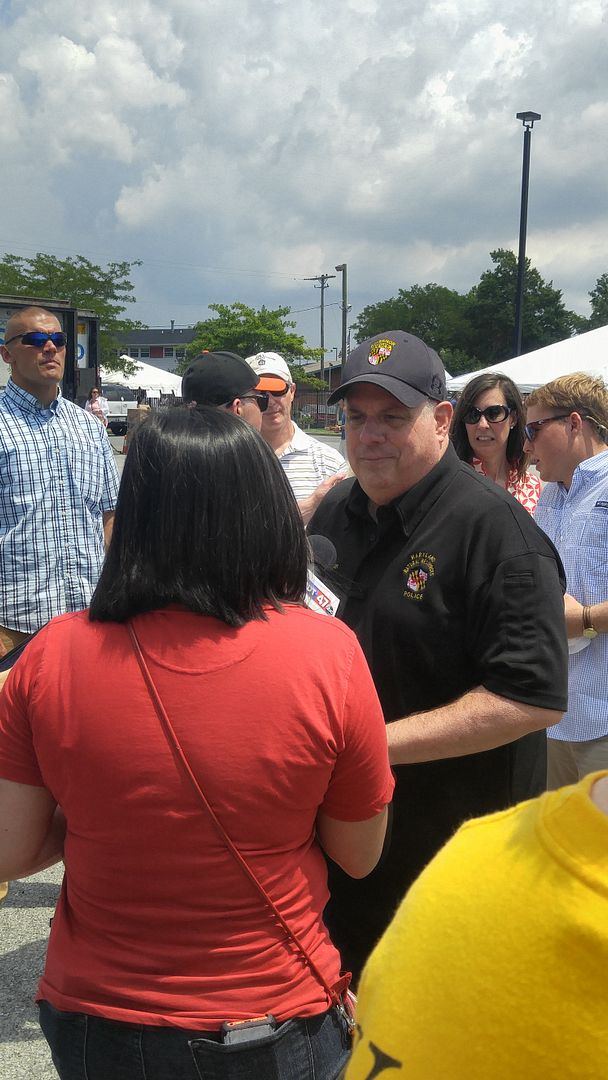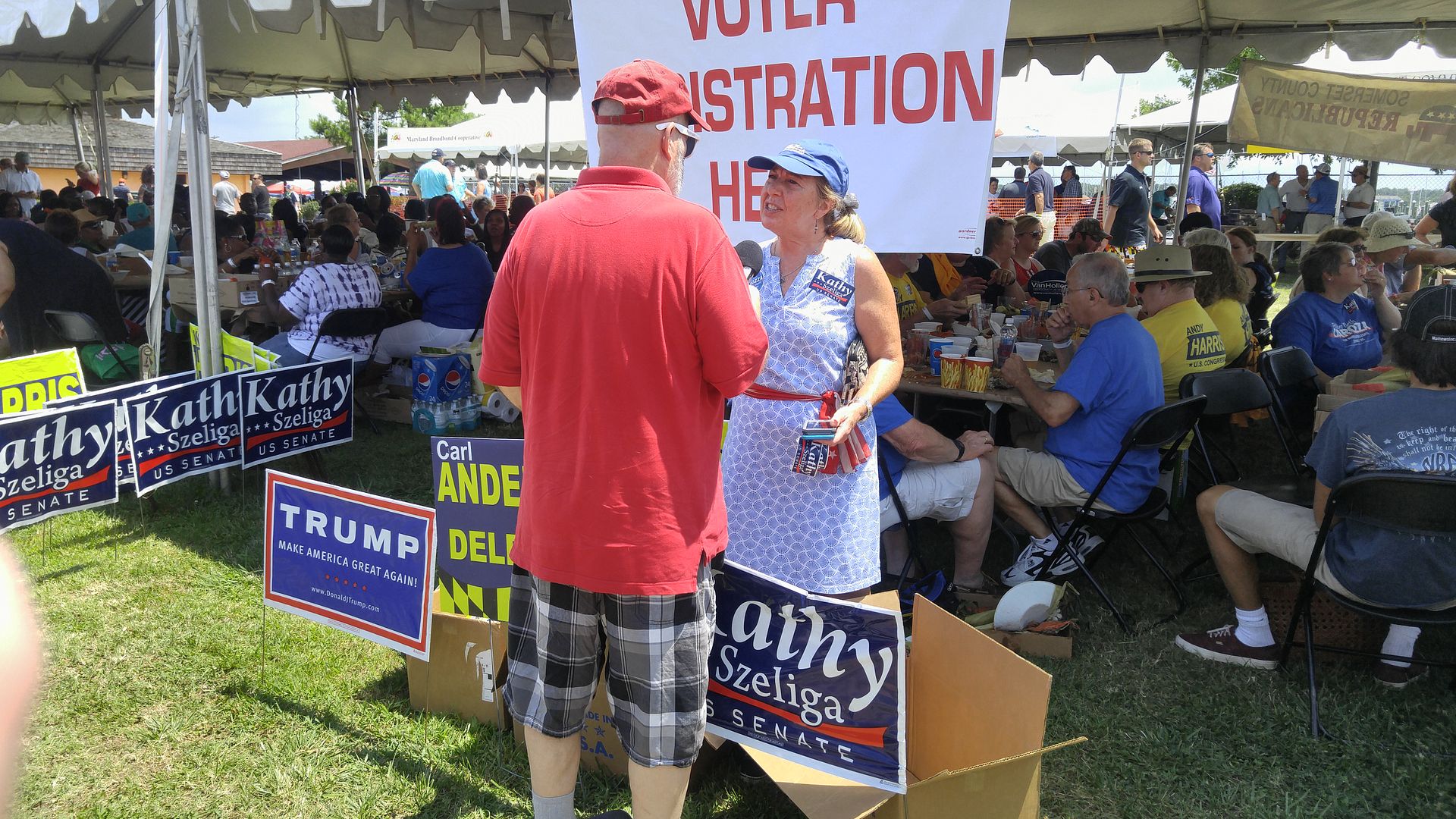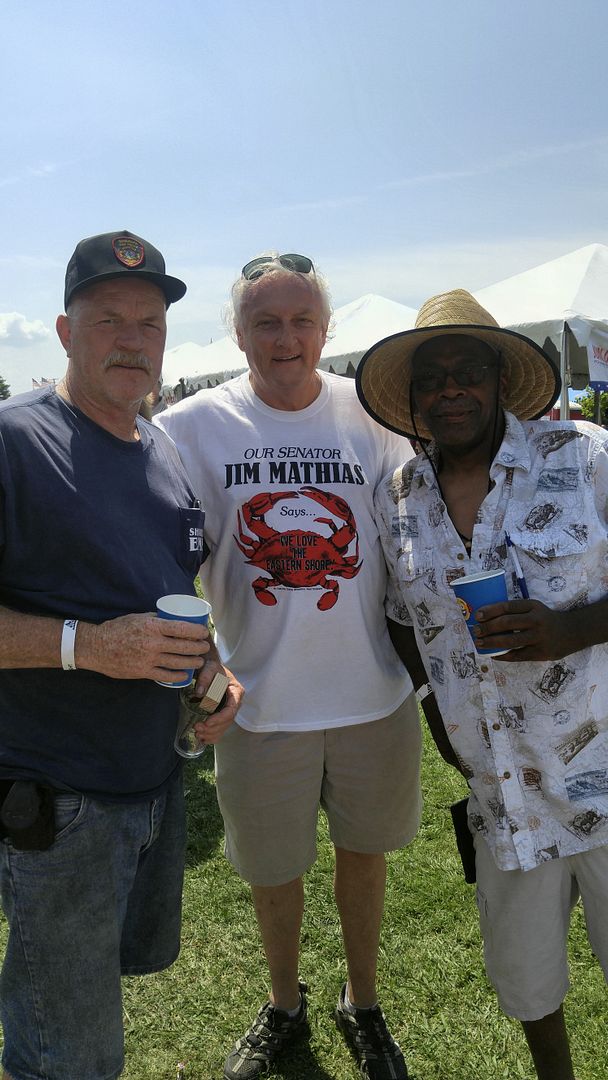I have finally come around to the Delaware state races after speaking on Congressional races both in the First State and the First District of Maryland as well as the U.S. Senate race here in my adopted home state. Unlike Maryland, Delaware’s top two statewide offices are elected in separate ballots, meaning it’s theoretical that the governor represents a different party than his or her lieutenant governor.
I will begin with the race for governor, which features four on the ballot and one write-in hopeful. As I have done previously, we’ll go in alphabetical order on the ballot which means the GOP standardbearer leads off.
Colin Bonini (Republican Party)
Key facts: Bonini has held elective office as a State Senator since 1994, which is the vast majority of his adult life as he first won at the age of 24. He also previously ran for state Treasurer in 2010, losing narrowly, so this is his second run statewide. Colin also works in the financial industry for a bonding agency and owns a small venture capital firm. Bonini is 46 years of age. Of the four on-ballot candidates for governor Bonini was the only one with a primary challenger, and he defeated Sussex County businesswoman Lacey Lafferty by a nearly 70-30 margin.
Key issues: Education, Economic Development, Crime, State Budget, 2nd Amendment, Regulations, Personal Freedom and Liberty
Thoughts: In looking at Colin’s platform and some of what he is about, he strikes me as a relatively by-the-book conservative who wants to make government work better yet also has the potential of rightsizing government in a number of ways. Because of the nature of Delaware’s budget, Colin may have the better mindset for a potential pitfall to come based on a recent federal court decision regarding Delaware’s unclaimed property laws. Two definite items in his favor: an advocacy to make Delaware a right-to-work state and a pledge to pull Delaware out of the RGGI boondoggle – a step Larry Hogan should also be taking in Maryland to relieve pressure on state utilities.
John Carney (Democrat Party)
Key facts: Carney was supposed to be governor eight years ago (as the survivor of the Democrats’ primary is the odds-on favorite to win) but he was displaced in the primary by now-outgoing Governor Jack Markell. Carney was the favorite because he served eight years as the Lieutenant Governor under fellow Democrat Ruth Ann Minner, but voters rejected him in 2008. He’s also been the state Secretary of Finance and the deputy chief of staff for another former Democrat governor, Tom Carper. But when the Delaware Congressional seat opened up in 2010 because Mike Castle wanted to move up to the U.S. Senate, Carney was Johnny-on-the-spot and bucked the TEA Party trend sweeping the nation as one of just a handful of newly elected Democrats. Like many other Democrats running, Carney has spent practically his whole adult life in government, although he briefly served as the chief operating officer of a wind energy company during his downtime from being LG to winning the Congressional seat. Carney is 60 years old.
Key issues: John’s “Vision for Delaware” includes sections on The Economy, Education, State Budget, The Environment, Healthcare, Criminal Justice, and Agriculture.
Thoughts: Truth be told, his is not the worst, most liberal platform out there (although it definitely has its pitfalls.) But the overarching problem with state assistance in a number of areas is that it becomes state control rather quickly. Carney’s policies to me come off as Wilmington-centric, which addresses the population as currently comprised but fails to account for the growth area of the state, which would be Sussex County. (Kent County is also growing faster than the state average, which is held down by New Castle County and Wilmington.) It’s likely Carney would govern in the same manner that Jack Markell has done – business-friendly enough to please those interests, but liberal enough to keep the machine which has propped up his political career for most of the last 35 years backing him.
Sean Goward (Libertarian Party)
Key facts: Goward is an Air Force veteran who made a lengthy career of it before retiring two years ago. Now he works as a railroad signal technician. Goward is 37 years old and making his first run for political office.
Key issues: Education, Civil Liberties, Criminal Justice Reform, Fiscal Policy, Accountability
Thoughts: Goward has some interesting ideas about the state of the state, but they seem to be lost when he makes civil liberties and criminal justice reform priorities over the economic issues people truly care about. I know that Libertarians are for smaller government, but where Goward fails in making the sell is relating the benefits of limited government to the voters of the state. It’s one thing to promise to cut spending in half in four years, but the reality of the situation would dictate a much less rapid winding down as well as an education course on why this would be a good thing. Also, Goward hasn’t updated his site since April so why should I take him seriously?
Andrew Groff (Green Party)
Key facts: Like the other Delaware Greens, Groff doesn’t have a formal website. What I did find is that he is 58 years old, and while he’s not run for governor before he ran for the U.S. Senate seat in both 2014 and 2012 – the 2012 race was run with the additional blessing of the Delaware Libertarian Party.
Key issues: From the limited reading I have, Groff is well entrenched with the Green Party line which would entail a much larger government.
Thoughts: As a party, the Green Party barely made the 636 registered voter cutoff for ballot access this year. (As a comparison, Maryland has 8,614 registered Greens in a state about sevenfold Delaware’s population.) So it’s not like Groff will make a large dent, but the fact he’s not making it easy for people to learn about him makes things even more difficult.
There is also one write-in candidate for governor by the name of Benjamin Hollinger, Sr. but I found nothing on him. So I will turn to the two LG candidates.
La Mar Gunn (Republican Party)
Key facts: Perhaps he’s one of the few Republicans to be the head of a local NAACP chapter, as he leads the Dover chapter. Gunn ran for the Kent County Recorder of Deeds in 2014 and won the vote on election day by two votes, but four non-identical recounts later (two of which expanded Gunn’s lead and one that was a flat tie) it was deemed in court that the office was vacant, and Governor Jack Markell appointed his fellow Democrat. Gunn is a financial consultant by trade.
Key issues: Placed under two non-specific categories, “Jobenomics” and Fighting for Delaware.
Thoughts: Jobenomics is a carefully thought-out plan, but it’s way more complex than the average person wants to consider in a political context. If he could have boiled it down to a couple pages and related it to actual policy it may have been more helpful. As for the rest, it’s extremely skimpy. Granted, lieutenant governor may be a “bucket of warm spit” position (as evidenced by its vacancy over the last two years) but I think there needs to be more of an accessible platform for people to understand.
Bethany Hall-Long (Democrat Party)
Key facts: Hall-Long is one of the few Delaware candidates to be born in Sussex County, although she has spent the last 14 years in the state legislature representing portions of New Castle County. However, she spent several years outside the state, particularly in the Washington D.C. area (her husband was stationed in the Navy) and served as a Fellow in both the U.S. Senate and Department of Health and Human Services. She has a background in nursing, is 52 years old, and won a six-way primary for the LG nomination with just 29% of the vote.
Key issues: Jobs and growing the economy, Health, Education, Environment, Infrastructure
Thoughts: When I read the word “invest” four times in five paragraphs, I know I have to hold on to my wallet. Yet while Gunn is remarkably detailed in one area until one’s eyes glaze over, the platform of Hall-Long has the depth of a cookie sheet. And while I am not a grammar Nazi, I must say whoever wrote the copy for her website needs lessons in sentence structure. Again, there’s really not a great deal of function to the position but Hall-Long has some of the worst platitude speaking I’ve seen in this campaign. She may be a mom, a nurse, and a state senator but I have to wonder how much she knows about the role of government.
As far as those I would recommend to Delaware voters, there are really two clear-cut choices here. Since Colin Bonini knows John Carney fairly well, he can keep John around as an advisor on business issues. But the more aggressive job creation approach from Bonini is the one Delaware needs right now. And having a laserlike focus on job creation isn’t the worst thing in the world for a lieutenant governor to have, either. Remember, I’m looking at this not as a voter (because I live in Maryland) but as one who wants the First State to succeed because my employment depends a lot on it. The more people find Delaware attractive, the better chance my employer succeeds.
And I didn’t forget about Insurance Commissioner, but that balloting isn’t one that’s really important to me right now. So I have no opinion on it.
So if you are a Delaware voter, it’s in your best interest to vote for Colin Bonini and La Mar Gunn on Tuesday. They are clearly the better choices in their respective fields.



